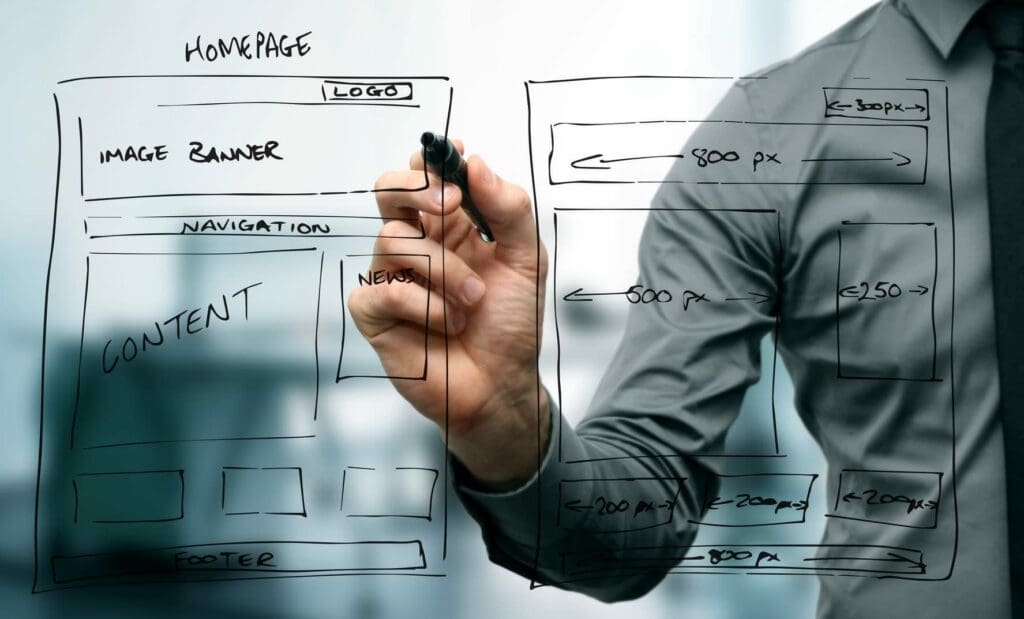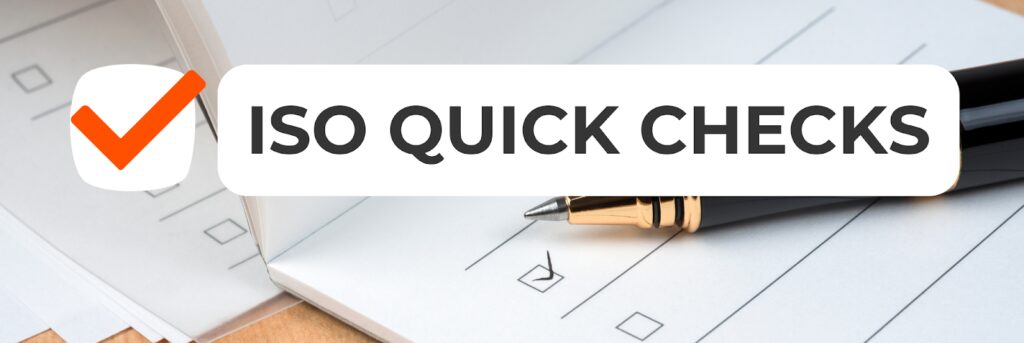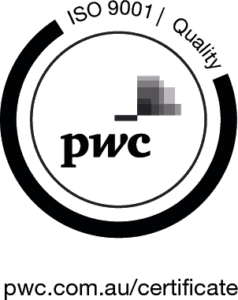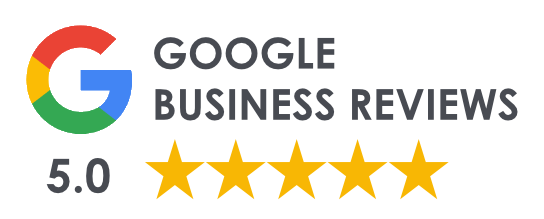ISO 9001:2015: How to address Clause 8.3 Design without losing your mind
If you’re building or upgrading your management system to meet the requirements of ISO 9001:2015 Quality Management Systems, in section 8 of the Standard you would have come across Clause “8.3 Design and development of products and services”.
Does Clause 8.3 Design give you the shivers? Are you unsure whether the clause is applicable to your business or what the clause actually means? If the answer to either of these questions is yes, don’t stress! I’m about to walk you through the requirements and help you understand where you’re at and what to consider when implementing the requirements of ISO 9001 related to design.
Coming from the Design and Construction industry, for me, design was always representing plans or drawings of something tangible. The role of the design is quite simple yet very powerful – to create a detailed plan of a final product which could include anything from machinery, devices, buildings, instruments for vehicles or ships, and so on. However, design does not have to be only related to a final product – it could also include services, and here is where the confusion begins.
Design helps us with complexities by breaking down individual elements and focusing on specific details, while establishing rules around how things are going to be built, assembled, or manufactured.
So, why is design frequently underestimated?

For some reason (unknown to me), design is often impacted first when it comes to price reduction. Trying to minimise expenses by selecting a cheaper design solution is a logical step. However, the feeling of satisfaction that you have reduced the cost is quickly replaced with anxiety as issues begin to show up, which can take the form of unclear coordination, unrectified defects carried over through the stages, stress, delays, complaints and so on.
Design is a crucial element of the entire value chain and it just can’t simply be neglected. It’s much more than just the frontier between the idea and execution, and it would be an understatement to think so. Design plays a critical role in shaping all future activities as it determines how things will be built and how and where they will function. Yet, the functionality and location have raised various questions in recent years and seeking a solution for how we can improve safety and environmental impacts through design.
We can see through the following examples that design has potential to influence numerous areas and activities. Design could:
I believe that at this point we could be under the impression that design is predominantly related to technical disciplines. However, design can also be utilised as a tool to plan services, as professional services can be extremely convoluted and may require precision and accurate outcomes – “what we want to deliver.” Hence, including design activities as a planning tool for developing services would indeed make sense. Examples could include designing of customised training, consulting services, etc.
So, while design of products is mostly focused on functionality, design of services aims to explain communication, planning activities, resource management, controls and so on. In other words, designing activities is creating a plan of the service delivered with clearly identified planning activities, inputs, controls, outputs and potential changes.
In the following sections, we will follow the sub-clauses of Clause 8.3 and explore the individual factors:
8.3.2 Design and Development Planning

Planning is a necessary part of various business activities such as strategy, risks, project management, and so on, and it’s no different with design. Where design represents very simple activities, we could simplify the planning activities, so the process is lean (e.g. developing a checklist). Where design refers to a complex process, the planning activities will need to consider elements such as risks, resources, scope of work, coordination meetings, reviews, stages, etc.
Planning allows for reviewing the organisation’s capabilities to carry out the work. There are many variables that we should consider to ensure a smooth delivery. Often, design is performed by multiple people and might include coordination with different teams. Most of the projects could follow deadlines or stages, and the outcome should meet some specific requirements.
Obviously, different organisations would have different sets of rules and principles, and the complexity of projects would vary. Hence, planning activities should reflect the specific requirement of the business and could include the following:
*Reviews could be performed at the end of each stage to ensure that design can proceed to another phase. This could help to avoid critical errors at the end of the project.
**Identifying roles and responsibilities is critical as team members could play different roles across several projects. E.g. an individual could be a designer in one project and a reviewer in another project.
Overall, having a design plan in place could save you time and improve effectiveness and efficiency, as setting some basic rules around your design process could also minimise errors and reduce expenses.
8.3.3 Design and Development Inputs
Whether it’s for design or other procedures, determining inputs should never be overlooked! It’s been proven for generations – ask a baker if a successful outcome could be achieved without a recipe and precise measurement of all ingredients. It’s impossible – family recipes (secrets) have been passed on from one generation to another for centuries to protect the required outcome.
So why would we think that a process without an input (e.g. client’s requirements) should deliver success? We need to identify the inputs first to make sure that the list is comprehensive and that we have covered all critical inputs, e.g. clients’ inputs (requirements), functional requirements (how the product will work), legal requirements (e.g. codes of practice, government requirements) or should we consider the outcome of a previous design (e.g. failures, lessons learnt, new findings, etc). You should also consider requirements for your organisation.
8.3.4 Design and Development Controls
When planning your design process, whether it’s for a service or product, establishing controls should be a priority. This is usually the weakest area in organisations’ processes in general. The negative impact of ineffective controls could lead to reoccurring issues, time wasted on fixing problems, complaints, returns and so on.
Although the Standard doesn’t explain how the controls should be established, reviewing and checking should deliver the required impact and be suitable for your business. Whether the control is completed by a senior person or by using a checklist, this should be determined by your business while taking into consideration internal (business) and external (e.g. legal, product, customer, etc.) requirements .
For instance, when your product or service is complex and requires breaking down the project into stages or phases, you might want to review the outcome of each stage. Not only would this help you improve the overall quality of different elements of design but, most importantly, this would minimise the potential surprise at the end of the project, when it might be just too late to address the problem.
Generic Examples of controls via Validation and Verification activities:
You might want to validate that the design will meet the requirements of the product/service and the functionality and verify that the design of product/service will meet the “input” requirements (customer, legal, government, etc).
Example 1
Example 2
8.3.5 Design and Development Outputs

This section refers to the outcome of our effort and meeting expectations. Whether design is the final product or an input for subsequent processes, at this stage, we should be clear on what “success” looks like and what the criteria of the outcome is.
If design is the final product, the customer at this point evaluates “value for money” and whether she or he is satisfied. If design is an input for a subsequent process, similar rules would apply. For instance, a Product Manager would require specific details to carry out her or his work.
Even though customer satisfaction should always be the business priority in both scenarios, the organisations also have to be clear on what other requirements are relevant to the organisation and the design (e.g. codes of practice – which should be included in your input, necessary details in design for a product certification, information required for patent lodgement, etc).
Therefore, establishing a set of output criteria could protect organisations from complaints and non-compliance that could potentially result in litigation exposure, fines, recalls and reputation damage.
8.3.3 Design and Development Changes
As we live in a complex and volatile environment, changes are inevitable. Changes occurring during projects are quite common. Yet, changes are events where risk of making an error (especially in large projects) is extremely high. Whether the changes are results of internal requests or they come from our clients or other interested parties (e.g. authorities), we have to ensure that everyone is on the same page. Therefore, the standard requires to implement a process that would clarify how the change will be performed.
If you are developing a process for change, you should consider the following elements:
Authority
A person authorised to approve and reject changes. This would help avoid unnecessary changes or changes that might not be beneficial. Moreover, changes might be related to deviations in price and approval of change would clarify the expectations of involved parties (e.g. acceptance of an updated budget). Sometimes changes could result in subsequent impacts and the authority should be able to assess the change from the big picture to avoid future problems (e.g. design can’t be executed in reality).
Reviews
The process of change should also include regular reviews. This would be important especially in a large-scale project where multiple parties are involved. Reviews could be critical in situations where several changes have occurred to ensure that everyone involved has taken the changes into account. In a project with multiple dependencies the reviews should ensure that the changes have been implemented and that everyone works with the latest version (e.g. construction, engineering, design). Reviews can be by internal design team stakeholders and/or external, involving customer approvals, depending on the stage and what’s being reviewed.
This should help you manage the change effectively and minimise risks and errors. You should also consider factors that are important to your business to ensure customer satisfaction and compliance.
I hope that I have shed some light on Clause 8.3 and you will now know how to implement these requirements of ISO 9001:2015 (without losing your mind!). The requirements are quite generic, which will provide you with great flexibility for implementation. You should always use a common sense approach when adopting the requirements of the ISO 9001 Standard, and think about what is critical to your business. Only then will implementing the requirements of the Standard bring clarity in your processes and improvement.
About the author
Marek develops customised management systems for our clients, to meet the certification-readiness requirements of ISO 9001, ISO 14001 and ISO 45001. He has a Master of Business Administration, Diploma in ISO Integrated Business Management Systems and is currently undertaking a Doctorate of Business Administration.
All information on this blog site is for informational purposes only. As this information is based on our professional experience, opinion, and knowledge, we make no representations as to the suitability of this information for your individual business circumstances. Especiality Pty Ltd trading as ISO Certification Experts and all related businesses and brands will not be liable for any errors, omissions, legal disputes or any damage arising from its display or use. All information is provided as is, with no warranties and confers no rights.
We will not be responsible for any material that is found at the end of links that we may post on this blog site. The advice, ideas, and strategies should never be used without first assessing your own personal business situation or seeking professional and/or legal advice. Information may also change from time to time to suit industry and business needs, requirements and trends.














